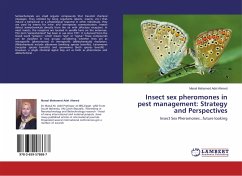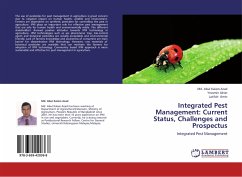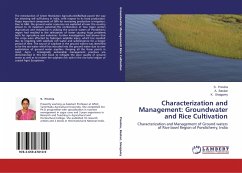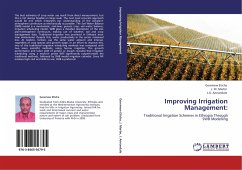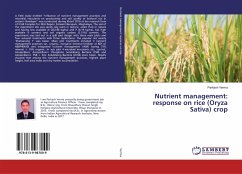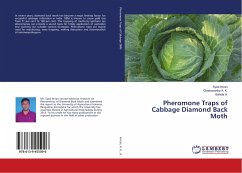Semiochemicals are small organic compounds that transmit chemical messages. They emitted by living organisms (plants, insects, etc.) that induce a behavioral or a physiological response in other individuals, they are used by insects for intra- and interspecies communication. Insects detect semiochemicals directly from the air with olfactory receptors. In most insects, the receptors are located in sensilla hairs on the antennae. The term "semiochemical" has been in use since 1971. It is derived from the Greek word "semeon," which means "sign" or "signal." These compounds can be classified in two groups considering whether they act as intraspecific (pheromones) or interspecific (allelochemicals) mediators. Allelochemicals include allomones (emitting species benefits), kairomones (receptor species benefits) and synomones (both species benefit) . However, a single chemical signal may act as both as pheromone and allelochemical .
Bitte wählen Sie Ihr Anliegen aus.
Rechnungen
Retourenschein anfordern
Bestellstatus
Storno

